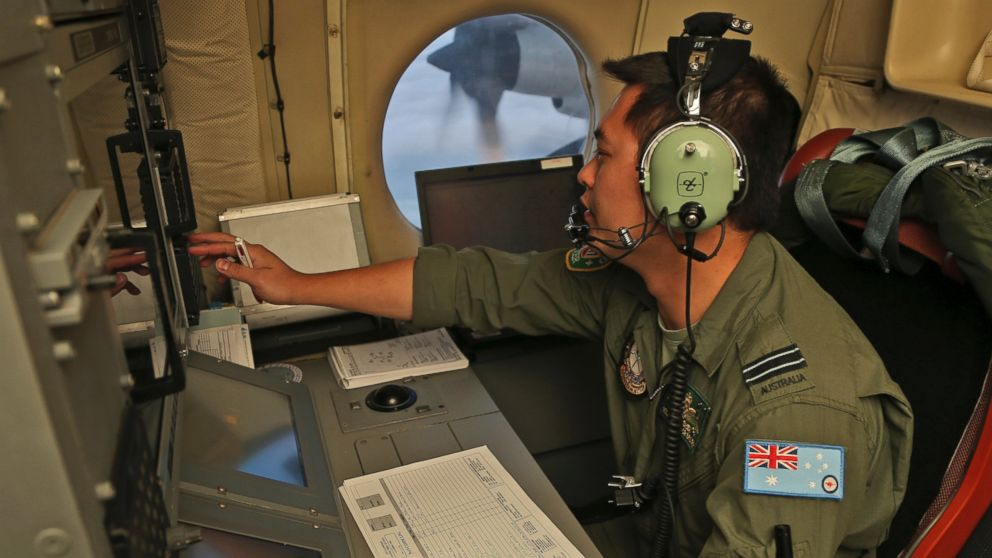How Malaysia Flight 370 Could Shape Flight-Tracking Technology
Aviation analysts try to strike a balance between cost and safety.

March 25, 2014— -- The most recent satellite data from telecommunications company Inmarsat has search committees scouring a patch of water about the size of Alaska to locate the missing Malaysia Airlines plane.
It’s "inconceivable" that commercial airliners can fly around today without the requirement that they be tracked, spokesman Chris McLaughlin of British company Inmarsat said.
"It's just over 100 years since the safety of lives at sea first was enforced after the loss of the Titanic," he told ABC News. "All ships at sea have a requirement for long-distance identification and tracking. That should and must happen for aircraft."
MH370's disappearance isn't the first time that modern plane-tracking systems have been called into question. Stephen Trimble, U.S. bureau chief of U.K. aviation news website Flightglobal, said the conversation was started five years ago after the Air France 447 crash in 2009. "It's a complicated story, but that's where a lot of this got covered initially," he said.
Although there have been improvements in tracking technology since the Air France crash, many of those would not have significantly changed the outcome for the Malaysia Airlines flight, particularly in regard to the plane's transponder.
"When a transponder stops working, [the plane] becomes invisible," he said. "A new tracking system is launching next year, but it would be invisible to that system as well."
But there is one piece of tech that might not involve the transponder at all. Triggered transmission, Trimble said, is a system that acts as its own server on board the aircraft, independent of the transponder.
"If the airplane banks or dives too steeply or goes too fast or too slow, it automatically sends out a burst of data that gives us position information," he said. "Rather than searching over thousands or millions of square miles, you reduce the search radius to four miles of the crash site."
But outfitting all airplanes with a triggered transmission system would not come cheap. "It's about $50,000 to install them per aircraft," Trimble said.
An airline like American Airlines has about 900 planes, making the upgrade cost nearly $50 million. "It's not unaffordable, but some airlines wouldn't be happy about the bill,” he said. “For some other airlines, it would just be ruinous."
Richard Aboulafia, aviation analyst at Fairfax, Va.-based Teal Group Corp., said there are other costs to consider as well. "Hardware isn't expensive, but bandwidth is," he said. "You're increasing the amount of bandwidth needed to transmit this data."
Both Aboulafia and Trimble are unsure whether MH370 will inspire a wave of reformation and innovation in airplane tracking technology. "Maybe there will be some change," Aboulafia said, "but there isn't a lot of historical precedent for it. There are very few examples in the past of how a crash can change a system."




